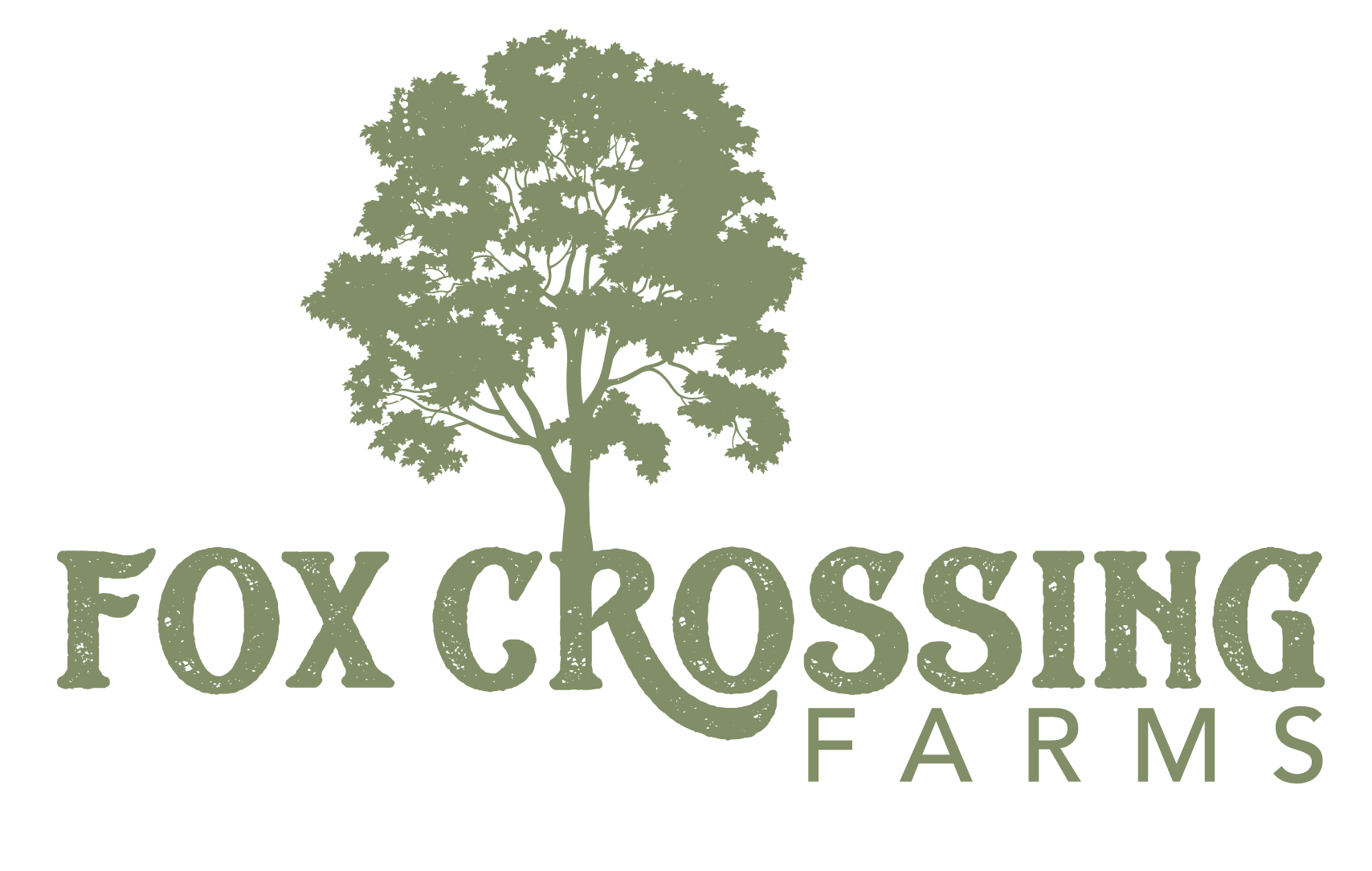Fox Crossing Farms – Neenah, WI
Welcome to Fox Crossing Farms LLC, your local family-owned farm where we are passionate about producing high-quality pastured meat and seasonal vegetables. Our animals are raised in a healthy, humane, and natural environment, ensuring both their wellness and yours.
Curious about purchasing local meat?
Interested in supporting local food production?
Explore our pages for more information and discover the importance of choosing locally sourced food or shop now by clicking below.
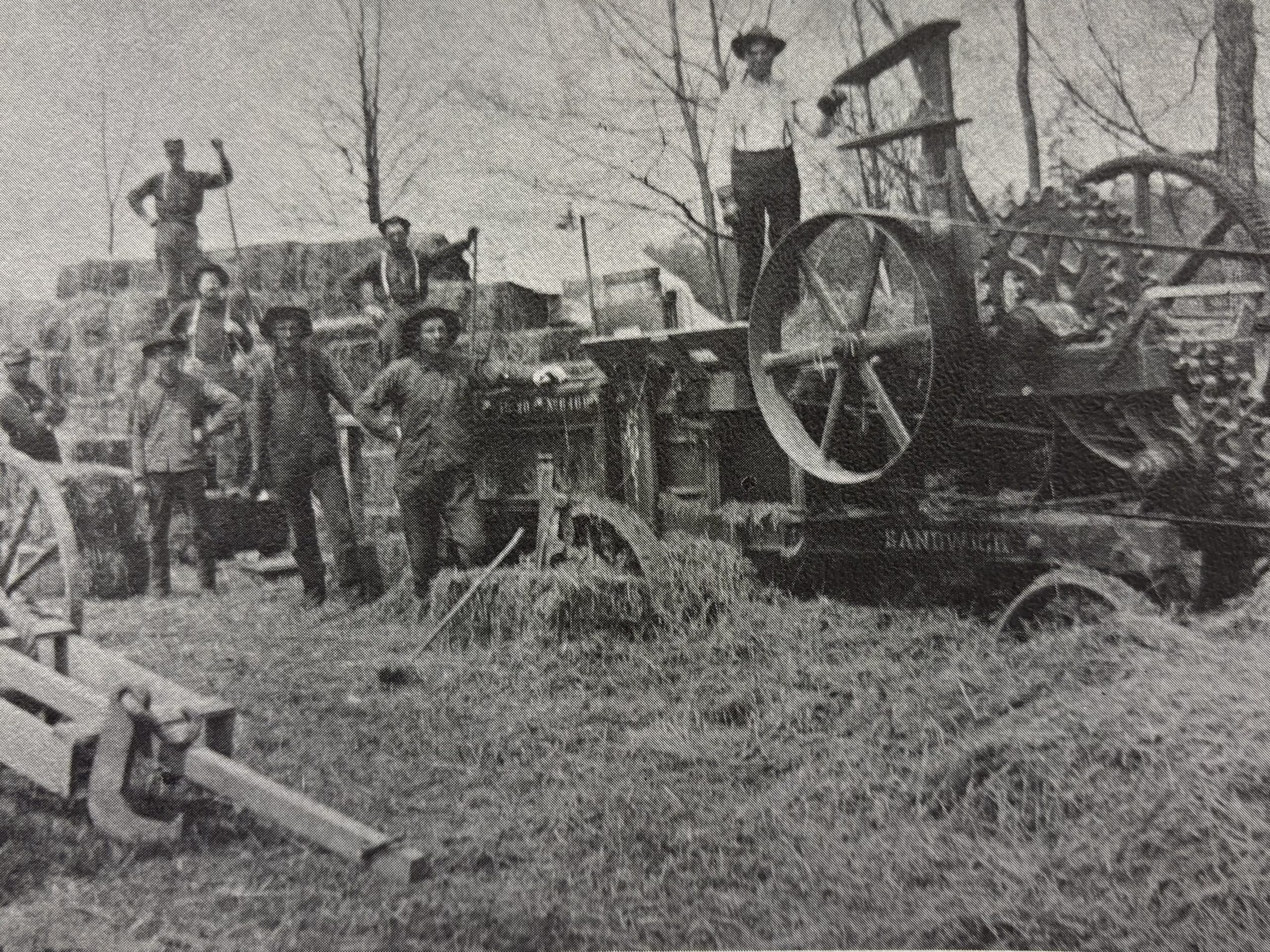

A Family Run Farm in Wisconsin Since 1860 -then 2017
108 Years Later – This was all unbeknownst to our family in 2011 when we decided to relocate to Wisconsin. After some research long after we started our farm, we learned we are no more than 20 miles from our ancestor’s farmland! While we have much more modern tools and have automated most everything we still rely on nature to feed the livestock like Grandpa did 163 years ago. We can only imagine the struggles in that we go through just the same, but with very different equipment.
What We Do
Why We Farm
Who Do We Serve
What started with a sign on the road for eggs turned into the most popular source in the tri-county area for beef, pork and chicken feed – as well as various vegetables like garlic, honey and pumpkins.
With much luck and faith by others and ourselves, we have shipped garlic and herbs to 48 states.
How We Farm
Just like in 1860, we feed off the pasture and woods. We dug every cedar post hole and used no chemicals to get a quality rotational grazing system. We have learned about responsible farming, stewardship of the land, husbandry of the animals and environmental quality.
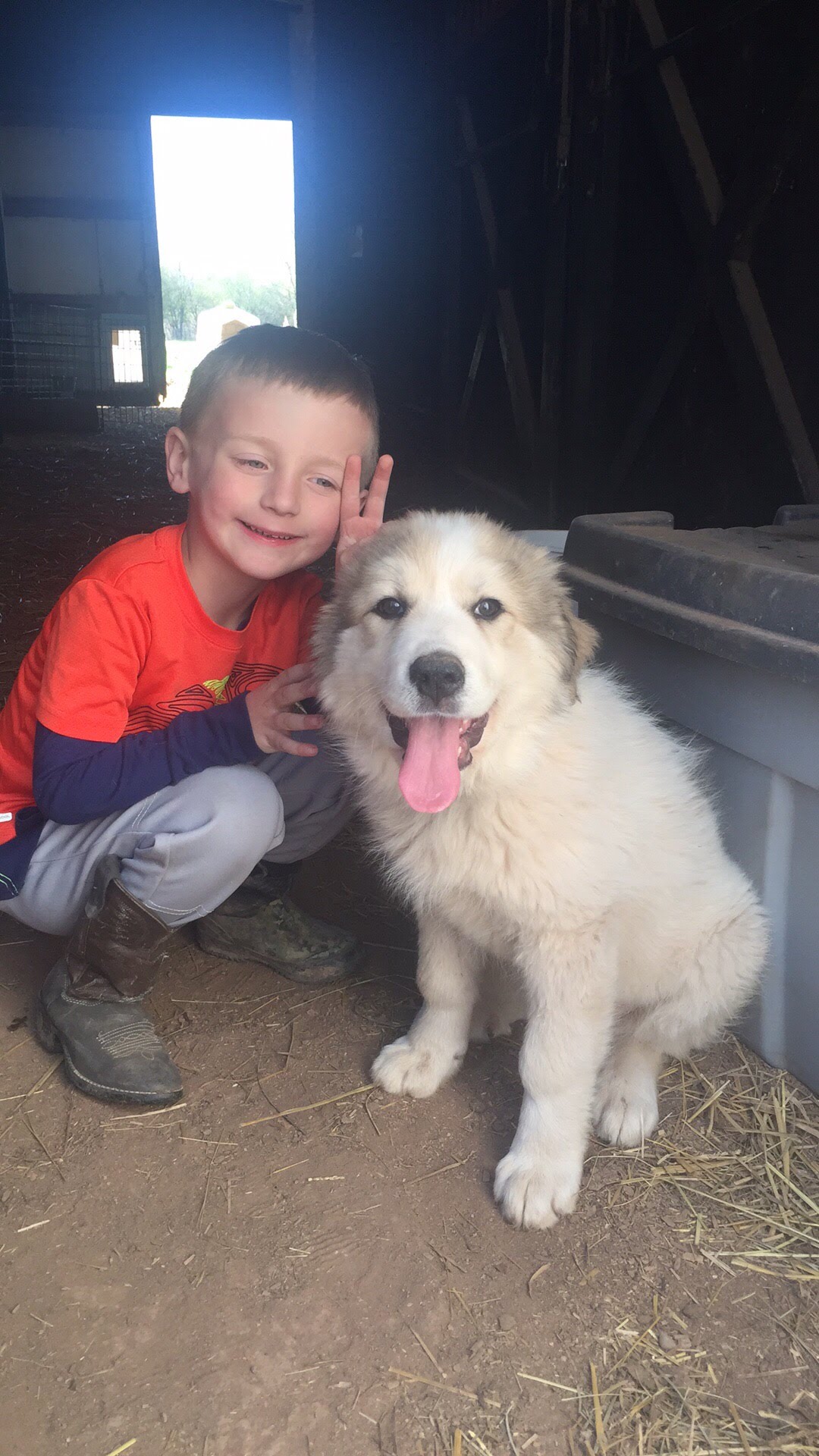
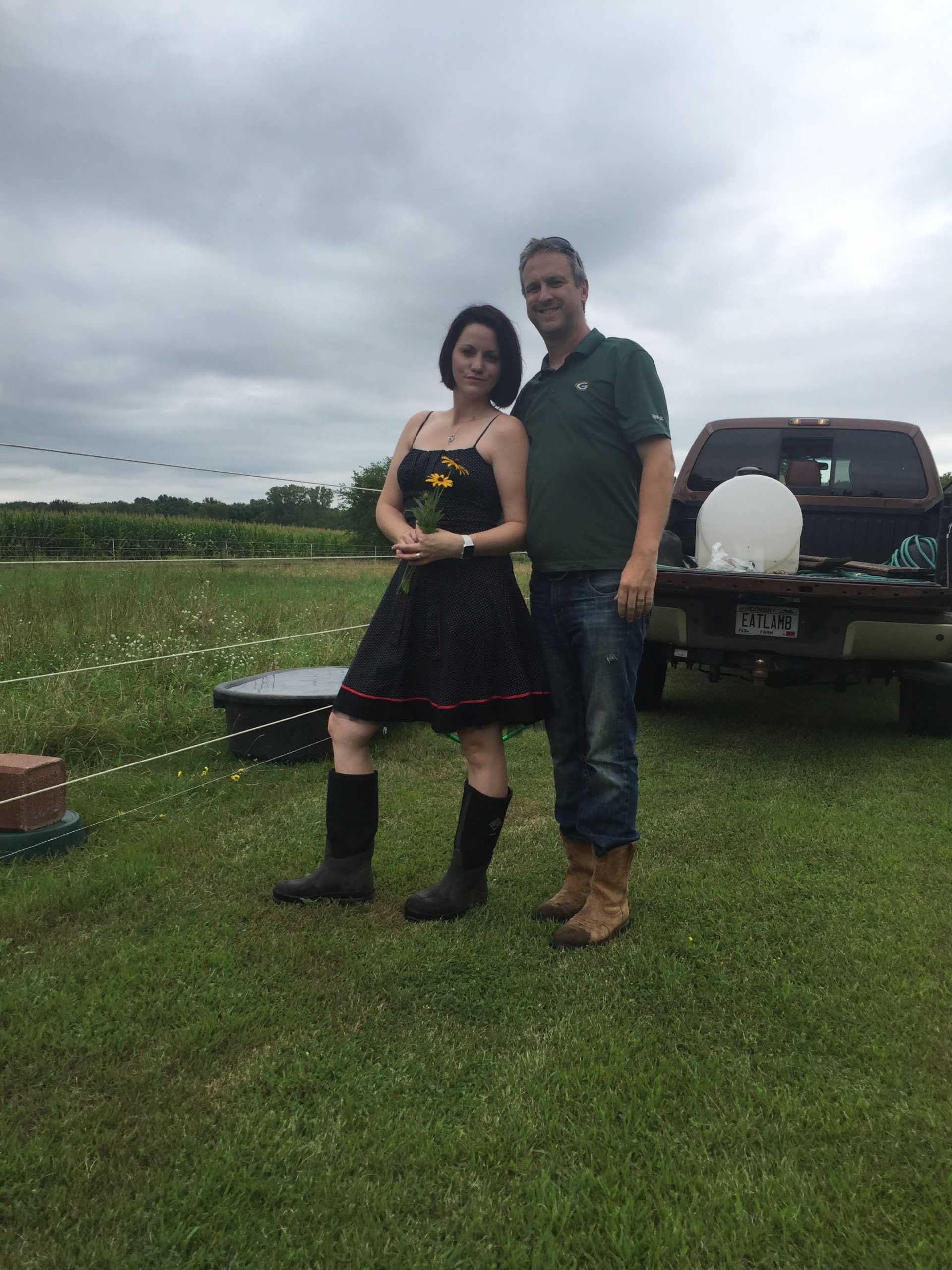
The worst day on the farm is still the best day at work. We do this for you, and for us. It is restorative, healing and rewarding.
Questions or Info?
Get In Touch!
Our Primary Goals
Family Farming
Environmental Stewards
High Quality Husbandry
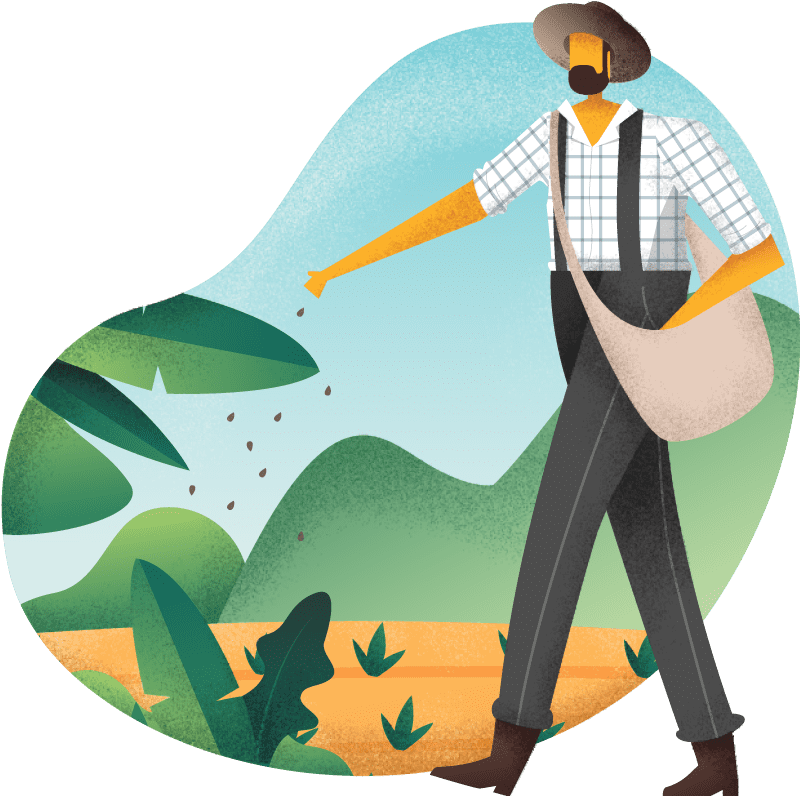
Get In Touch
Email, chat, text or call and we will get
to you as soon as possible.
info@foxcrossingfarms.com
